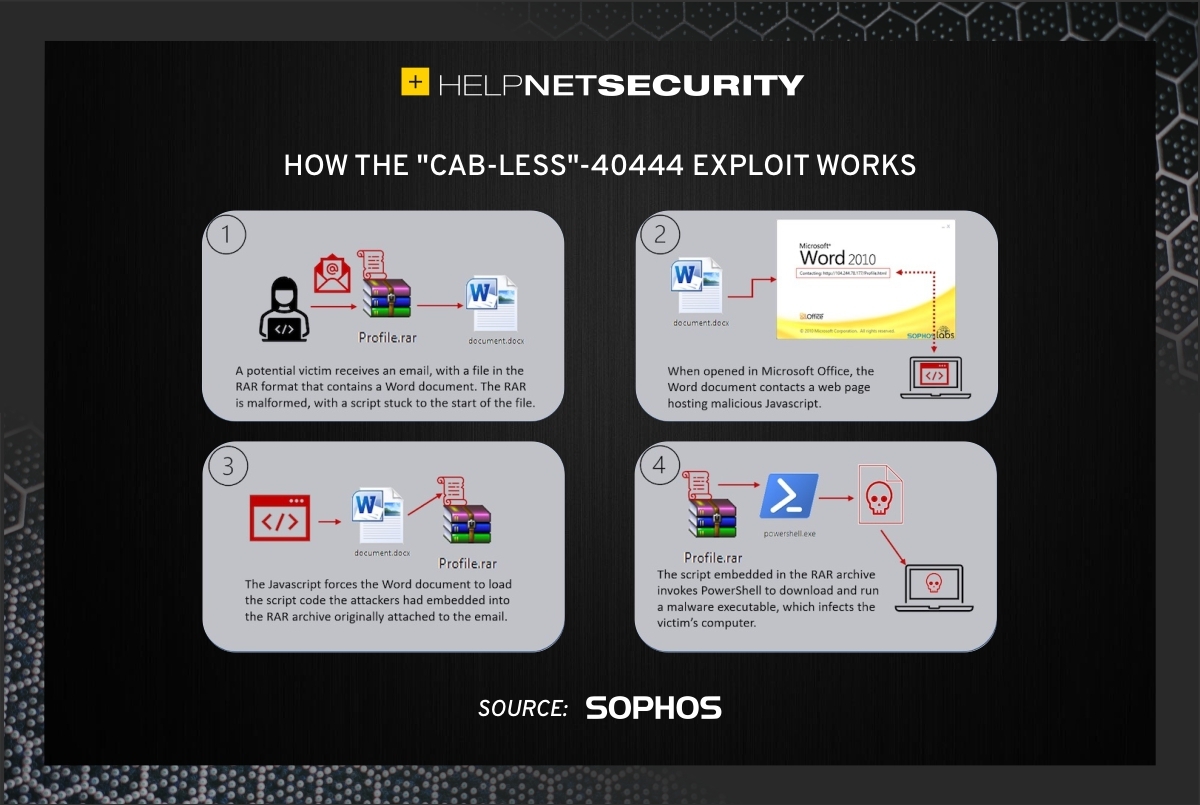Cybercriminals are hot on the money trail—and the path is leading straight to unprotected mobile applications in the fintech and banking industries. According to Verizon’s Mobile Security Index 2020 Report, 39 percent of organizations surveyed experienced a security compromise involving a mobile security device in 2020, up from 33 percent in 2019 and 27 percent the previous year.
And it’s not just financial services at risk. Nearly all market sectors are witnessing a rise in cyber attacks, from ecommerce and telehealth to manufacturing and automotive. And applications are increasingly becoming the preferred threat gateway for hackers. Why the global surge? Nearly every organization today is an app company, whether they identify as one or not, because so many of today’s leading businesses are powered by apps. Combine that with the rising value of pilfered app data and we have a recipe for a crisis. Several cybersecurity researchers are quoted as saying that a single PHI record is 10 times more valuable on the dark web than a stolen credit card credential.
With traditional perimeter security ineffective in keeping mobile apps used outside the firewall safe, organizations are turning to solutions that protect the app, rather than the network. These app security solutions can be added to mobile apps to safeguard the data stored in mobile devices and to comply with consumer data privacy regulations, such as GDPR, NY Shield, or CCPA. They also prevent breached applications from becoming a vector to attack resources within the broader corporate infrastructure.
Why App Security Solutions Work
App security solutions work by precluding attackers from reverse engineering mobile apps to find vulnerabilities in the code and exploit them to steal data or access the wider corporate network. They provide protection at three levels:
● Code obfuscation prevents static analysis of how the code is structured.
● Environmental checks ensure code is running within a secure and trustworthy environment, blocking attempts to dynamically analyze the way the code operates.
● Anti-tamper technology prevents attackers from modifying code within the app to perform malicious activities.
While app security…





